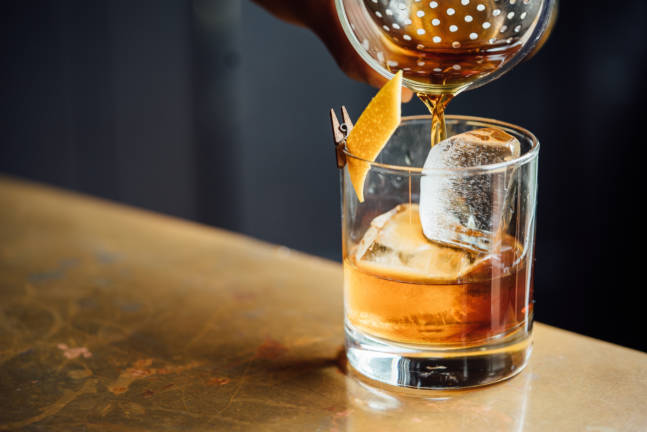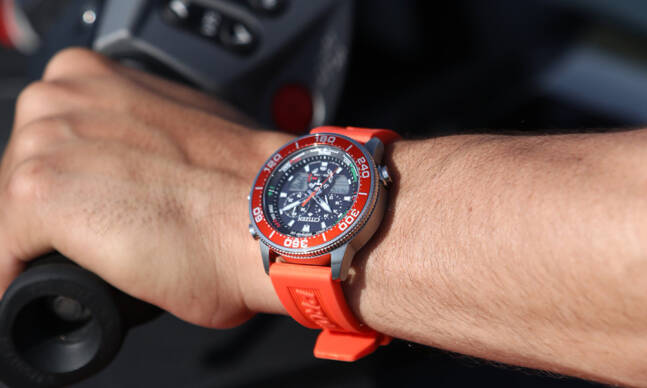It’s worth prefacing this story by saying that violence and physical confrontation should be avoided at all costs. If you can’t talk your way out of a potentially violent situation, it’s always best to run—if you can. This article, however, is for those few times in life when there is no talking or running away. Self-defense is an art form that takes a tremendous amount of time and diligence to master, but its most elementary weapon—the punch—is something that takes little skill and training to get right. But don’t be fooled—while it looks easy, throwing a solid punch takes technique and precision, backed by science.
Here’s how to throw a better punch:
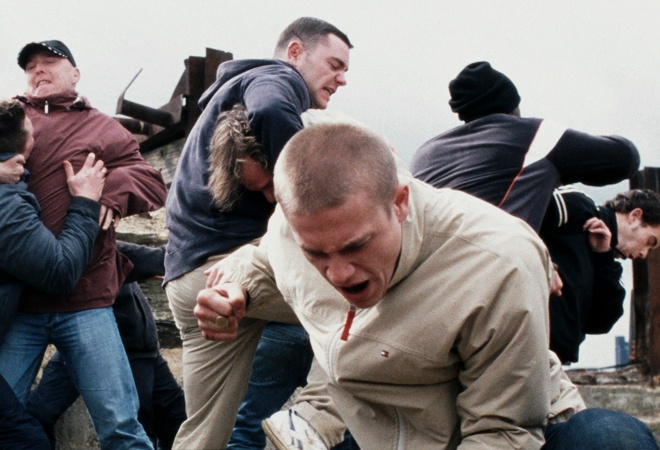
A Proper Fist Matters
A solid punch starts with a proper fist. In fact, decking somebody without a proper fist could not only make your punch less effective, but also really, really hurt you. To make a fist, curl your pinky, ring, middle, and index fingers down into the base of your palm. Then, take your thumb and curl it down, over your index and middle fingers. When you want to throw your punch, you shouldn’t be striking anyone with anything other than your knobbiest knuckles—the index and middle.
Remember: Making a fist any other way except this, and trying to hit someone with any knuckles other than your index and middle, can result in pretty serious injury. Curl your thumb under and that’s a broken digit right there. Always pay attention to your form. Link
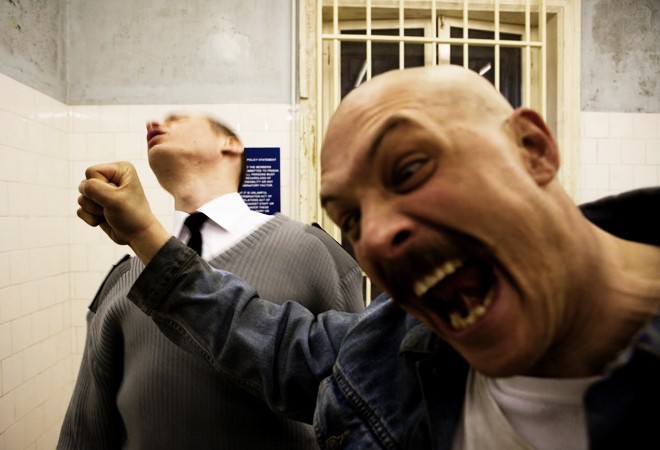
Punch Through Your Target
Jabbing is a huge part of boxing and fighting, because not only can a well-placed jab really daze your opponent, it can also help you find your range and determine how to throw a bigger, more powerful punch. Punching through your target—as opposed to punching to a point of contact—is ideal because of, well, physics. Mass has a lot to do with punch effectiveness, but unless you know how to grow a bigger fist, there really isn’t much you can do to change that. What you can do is maximize your velocity to work in concert with your mass, create momentum, and thus, force/power. Punching through your target allows momentum to build right up into your contact point, which is fancy-nerd-speak for, “If you connect, you’re far more likely to do a lot more damage, or even knock a dude out.” Link
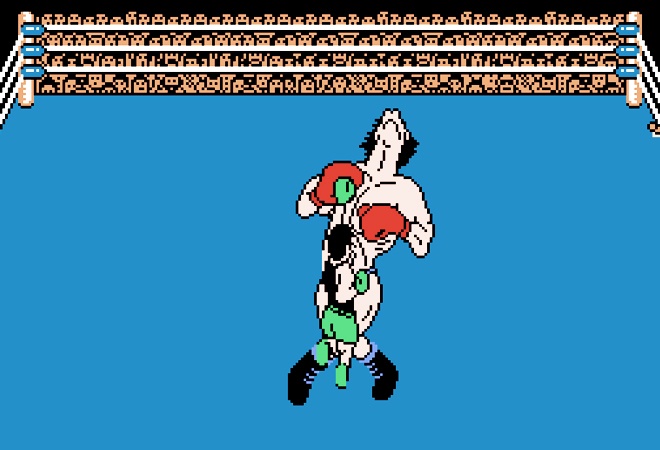
Punching is a Full-Body Motion
A good punch literally starts at your feet, works its way up through your hips and torso, and explodes at the end of your knuckles. Trying to make your arms do all the work is only going to make for a real weak punch. So, when throwing a punch, start with the heel of your back foot off the ground. In a fluid motion, as you throw your punch, pivot on your back leg and twist your torso into the punch. Essentially, your power should shift through your feet, into your knees and hips, up through your back and shoulders, and then out through your arms and hands. If one muscle group isn’t working with all the others, your punches are slower, softer, and less effective. Period. Link

Hit The Spot
If you’ve been keeping up on all our excellent self-defense stuff lately, then you already know where that spot is. But this article is about throwing a better punch, so it’s important to recap. Hitting the right spot is extremely important in a fight, because more often than not, it doesn’t take a whole lot of force to put someone to sleep. Taps on the nose, temple, tip of chin, jaw, neck, solar plexus, kidneys, and behind the ear are all your best places to hit someone if you’re really trying to inflict some damage. So, don’t be the guy who breaks his hand trying to punch someone in the shoulder.
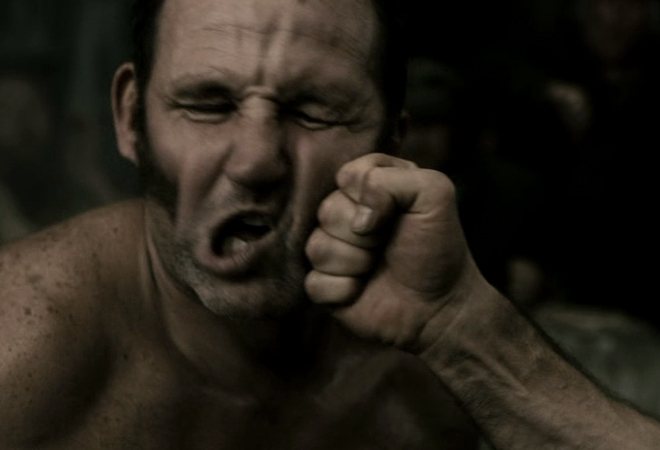
Accuracy Trumps Speed—And Heavy Hands Always Help
You can throw a fast punch. But can you do it accurately—every time? If the answer to that question is negative, then do yourself a favor and focus more on your accuracy. Hell, even if the answer to that is affirmative, still focus more on your accuracy. Fast hands won’t help you if you never make your mark, and while you can’t technically do anything to improve your heavy handedness, you can at least make sure the punches you are sending are being delivered to the right recipients—which is more important than anything else in fighting. If you’re going to punch, make it count. Link
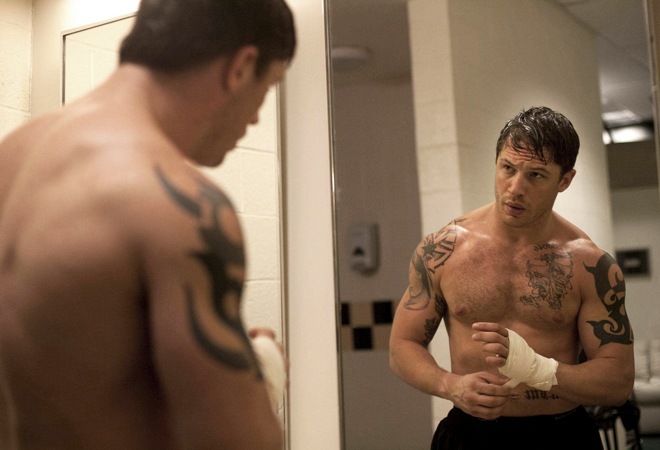
Being Strong IS Important
We spoke a lot here about the importance of accuracy and body movement, but that isn’t to say that sheer strength isn’t important to the boxing equation. In fact, it’s essential. Because force is generated by mass times velocity, and since gaining more mass is a hell of a lot more difficult than improving one’s velocity, strength training is beneficial because it allows your body the discipline and sheer strength to create force faster, and at the end of the day, that’s one of the most important aspects of fighting. You can throw one real hard, fast, and accurate punch. Great. But can you do it until the job is done? Link
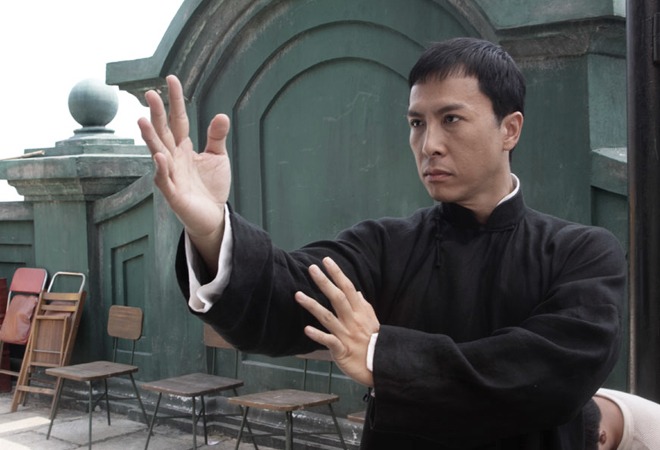
Breathing Is Integral
Some kung fu master [probably] once said some very prophetic and beautiful stuff about how breathing and exhaling bad energy out of one’s body is just as important to fighting as any of the violent stuff. We can’t confirm it, but we feel like it’s something that someone somewhere would say. Nevertheless, the fact is, when you’re throwing a punch, proper breathing techniques are incredibly important. Not only does proper breathing improve your technique and overall style, but it also helps keep you from gassing out (duh) and getting rolled over. Link



